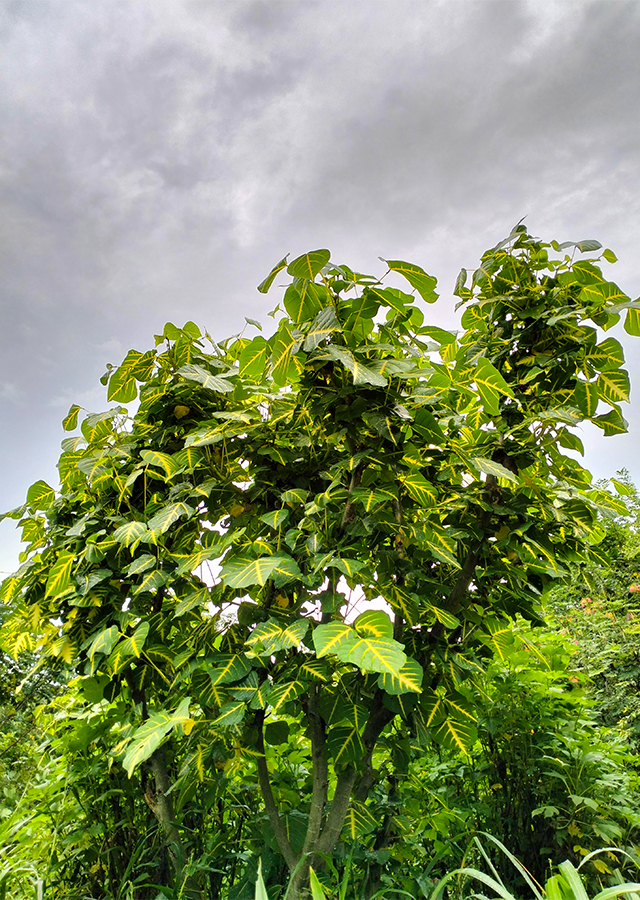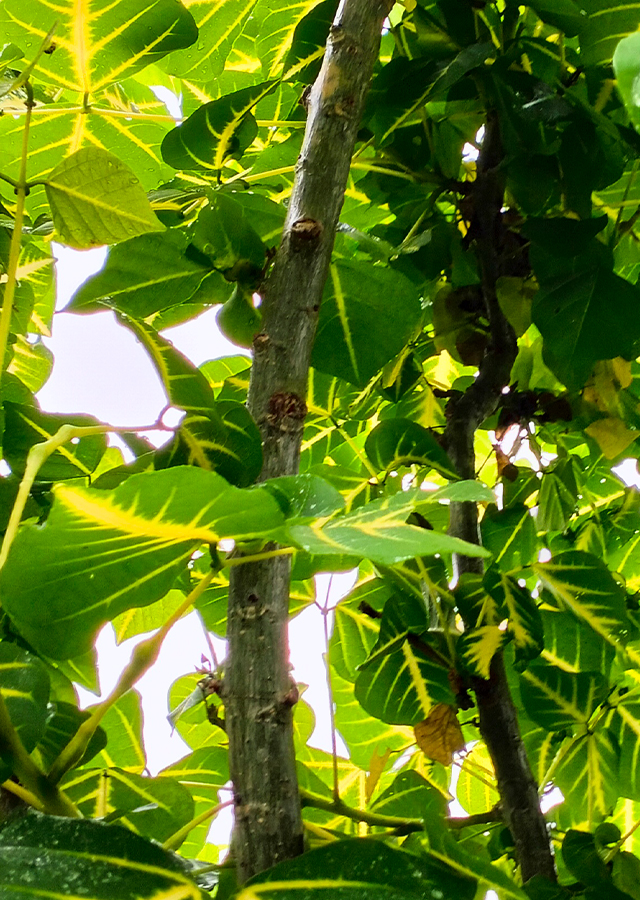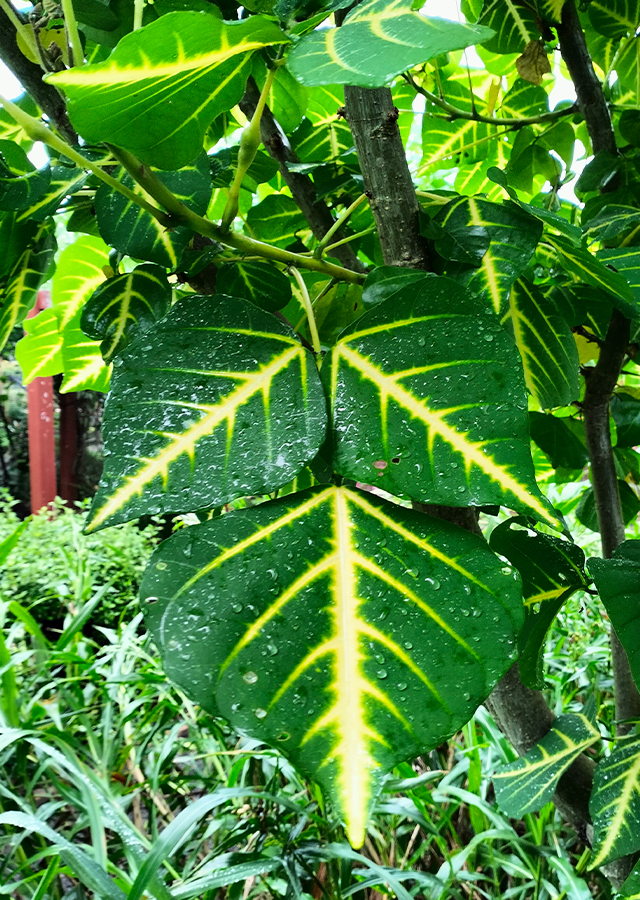Traditional Herbs from Erythrina variegata
fever
- Prepare the bark and leaves of chicken breast, wash thoroughly.
- Boil until boiling.
- Let it warm/cool.
- Strain then drink.
What is Erythrina variegata Looks like??



Parts of Erythrina variegata that could be used
- Leaves
- Bark
- Roots
Erythrina variegata Distribution
Chicken breast comes from North Africa - Tanzania, the Indian Ocean Islands, India, China, Myanmar, Malaysia, Indonesia and the Pacific Islands. Chicken breast is often used as a shade tree in coffee and cocoa plantations, or as a vine for pepper plants. , betel, vanilla, or gadung tuber. It is also often planted on the edge of the yard for family medicine, or simply as a garden border. In the Pacific region, chicken dadap is used as a windbreak. Young dadap leaves can be used as a vegetable. Usually it is prepared after boiling it first, or it can also be made into clear vegetables. Apart from that, the chicken breast plant is often used in traditional medicine and research results show that this plant can be used in the treatment of malaria and breast cancer.Agroecology of Erythrina variegata
Chicken breast can grow successfully in tropical, subtropical and warm climates at altitudes up to 1,200 m above sea level. Plants grow best in areas where annual rainfall ranges from 800 - 1,500 mm, the average minimum temperature is around 20 °C and the average maximum temperature is 32 °C. Succeeds in moderately fertile, well-drained soil. The plant is tolerant of salt-laden winds and moderate levels of salt in the soil. Prefers pH in the range of 5 - 7, tolerates 4.5 - 7.5.
Morphology of Erythrina variegata
- Taproot.
- The surface of the woody stem bark has green, gray, light brown or whitish vertical grooves; the stem is usually with small (1\u20132\u00a0mm) black sticking spines." "Compound leaves with light green and yellow variegation, each leaf has 3 ovate leaves with a length of about 4 - 25 cm high and 5 - 30 cm wide, terminal leaves are the largest.
- Red flowers usually in groups of 3 on axillary raceme flower stalks about 10 - 40 cm long.
- Cylindrical pods about 10 - 45 cm long and contains up to 13 seeds.
- Seeds\u00a0egg-shaped, brown, shiny red or purple.\u00a0
Cultivation of Erythrina variegata
Chicken breast propagation is done generatively with seeds and vegetatively through stem cuttings. Seeds that are fresh and harvested within 3 - 6 months can be sown without special treatment. Germination rates are generally high and often 100%. Seeds that are more than 6 months old take between 12 - 18 months to germinate because the hard seed coat becomes harder with age. Soaking them in hot water, or scraping off the seed coat, can reduce this time significantly. The seeds will germinate in 8 - 10 days. Seedlings reach a transplantable height of 30 - 50 cm in 8 - 10 weeks. Large stem cuttings require stems 2 - 3 m long and 5 - 8 cm in diameter. Branch cuttings with terminal buds are also sometimes used to get tall, straight-stemmed trees.
Erythrina variegata, more details :
Chemical Content of Erythrina variegataAlkaloids, hypaphorine, erysodine, erysopine, erythrinine, saponin, hydrocyanic acid, histidine free amino acid.
Benefits of Erythrina variegata
The bark is astringent and anthelmintic. It is used as an antipyretic, treats liver problems and intermittent fevers, rheumatism and relieves asthma and coughs, treats dysentery, as a good expectorant, has sedative properties, eliminates insomnia and anxiety, poultice in the treatment of hemorrhoids and metroptosis, treats wounds and boils , treating mastitis, joint pain, cancer, malaria.
Simplisia of Erythrina variegata
Another Facts for Erythrina variegata :
Synonym of Erythrina variegataChirocalyx candolleanus� Walp., Chirocalyx divaricatus� (Moc. & Sessé ex DC.) Walp., Chirocalyx indicus� (Lam.) Walp.
Habitus of Erythrina variegata
Tree. Annual tree, 3-27 m high
Habitat of Erythrina variegata
- Coastal", "Roadside", "Bush Area", "Land
No comments:
Post a Comment